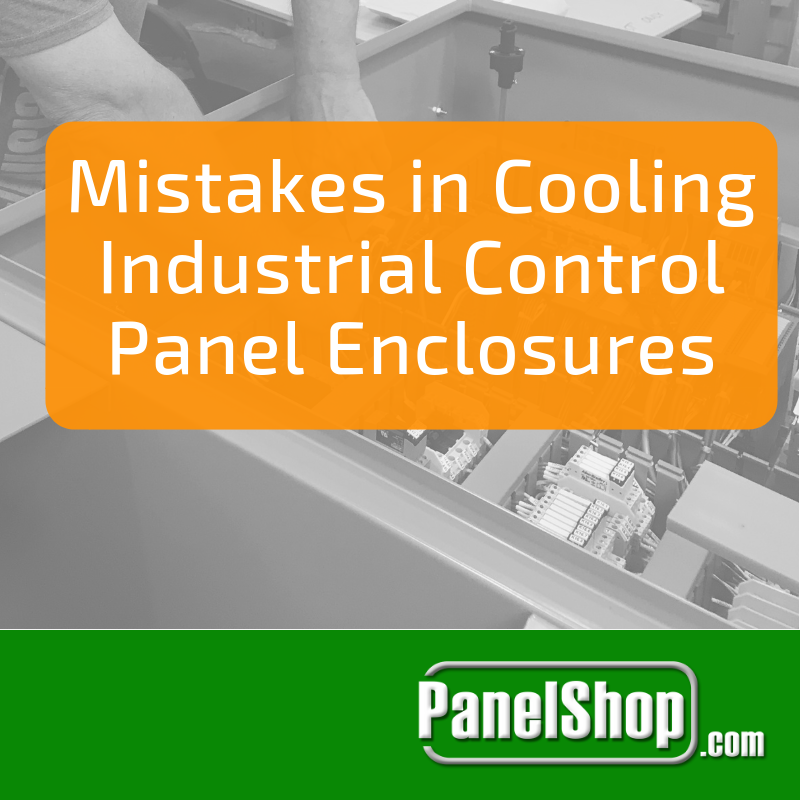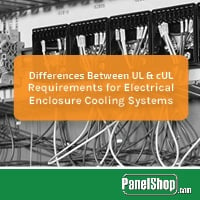
Protecting Sensitive Sensors
Sensors that gather electronic data directly affect the reliability of electronic devices that use that data. With that knowledge, manufacturers tend to create protective housings around electronics using high-quality, delicate sensors. While control panel designs are often built to function in non-hazardous environments, a lot of sensors are required to withstand the strain of harsh daily weather elements: heat, cold, dust, moisture, etc. Sensors are not alone; many machines are required to survive in damaging surroundings5. Therefore, creating airtight housings is often the go-to solution for sensor protection. However, even with hermetic seals around the enclosure, sensors will still experience wear and damage from invasive contaminants.
Why are protected sensors still so vulnerable?
Electronic sensors are often subjected to wear and corrosion due to compromises in the enclosure3 of the electronic device created by harsh exterior environments. Preventing water, UV rays, dust, debris, and other contaminants from ruining devices2 can often be accomplished by creating a solid, airtight enclosure around the electronics. However, the biggest problem with these types of enclosures is that manufacturers often neglect the effects of pressure differentials. These are why even airtight seals will give way to leaks and contaminants that can easily ruin sensors.
Pressure Differentials
Gases (typically air in this case) will expand or contract when subject to temperature or pressure changes. For instance, if the outer pressure is greater than the pressure inside an enclosure, the outside air will flow to the inside of the enclosure in order to relieve some of the outside pressure. This works inversely, and the flow of air in and out of the enclosure can be seen as a “breathing” of the enclosure; this causes the infiltration of contaminants.
To avoid this, airtight seals are often used to create the housing. However, the gas trapped inside the enclosure will still experience pressure fluctuations as outside temperature and pressure changes. This causes the enclosure to either bulge outward due to increased internal pressure or bulge inward due to decreased internal pressure. These pressure differentials put stress on the seals and hardware around the enclosure, and cause the airtight construction to fail, allowing contaminants to leak in.
A solution to the problem is the creation of vented enclosures that do not allow pressure differentials to compromise housing integrity and contaminants to enter the housing. This is why manufacturers are now starting to use expanded polytetrafluoroethylene (ePTFE) to protect sensitive sensors and electronic devices.
Expanded PTFE: Venting Without Exposure
- Uniquely microporous, chemically stable membrane that is naturally waterproof.
- Unique node-and-fibril microstructure has openings for air and vapor to pass through it, but they are too small for water and other particles to pass through it

- Vents made of ePTFE maintain a seal from its surroundings while allowing for pressure to equalize automatically
- Withstands UV rays
- Functions reliably in a broad temperature range
- Suitable for the challenging environments in which sensors are installed
Figure 1 shows how vented enclosures (light blue line) relieve vacuum pressure buildup well before hardware damage and leaks can occur. Enclosures without vents (red line; represents a metal or plastic enclosure with IP67-rated gaskets) can have vacuum pressure buildup that will create leaks at -75mbar (dotted green line), exposing the electronics inside.

Figure 1: The vented enclosure equalizes pressure before reaching the point where its seals are compromised.
Expanded PTFE vents eradicate the problem of pressure differentials in protective enclosures by continuously adjusting the internal pressure of the housing. Not only does ePTFE preserve the reliability of your electronics, it also brings down manufacturing costs. As ePTFE vents result in less damage caused to protective enclosures, there would be a reduction in repair costs and maintenance fees, reducing the overall cost of the enclosure assembly.
Protecting Your Sensors
Protective electrical enclosures are just one of the many components that are carefully manufactured into industrial control panels. Our engineers will help you decide which type of enclosure is right for you, designed to your required specifications. Call PanelShop.com today or submit a quote and our experienced staff will be there to help create your next design together:






